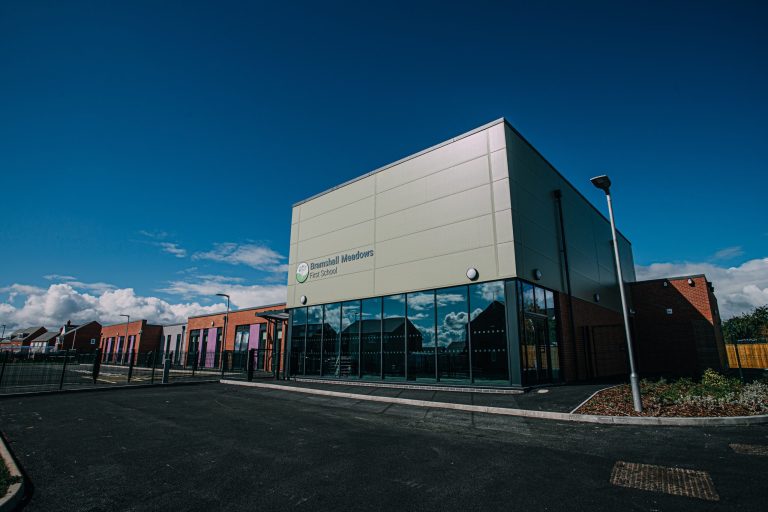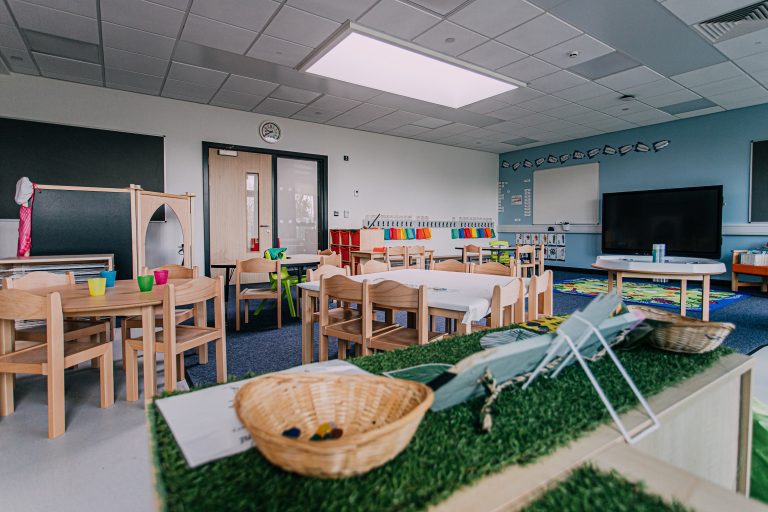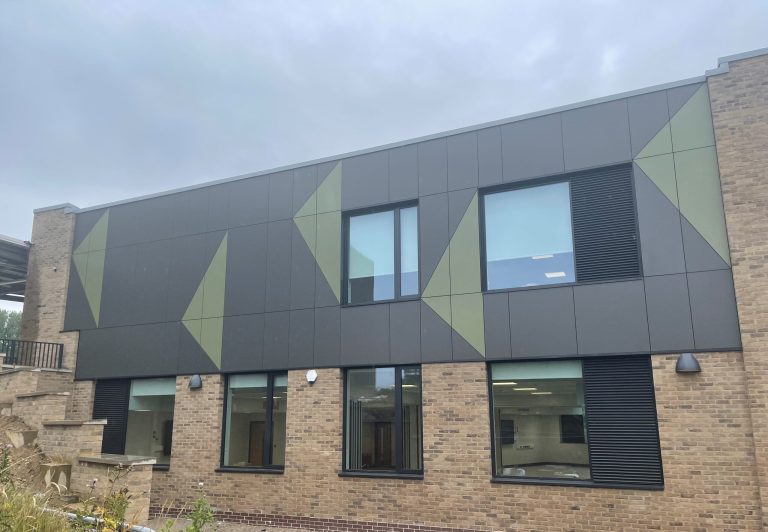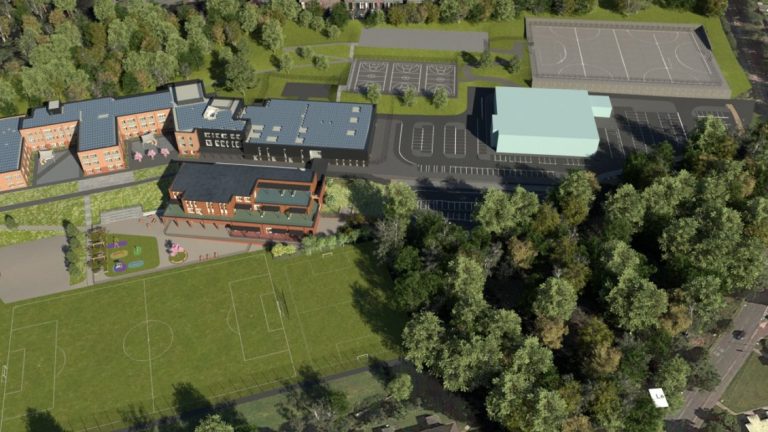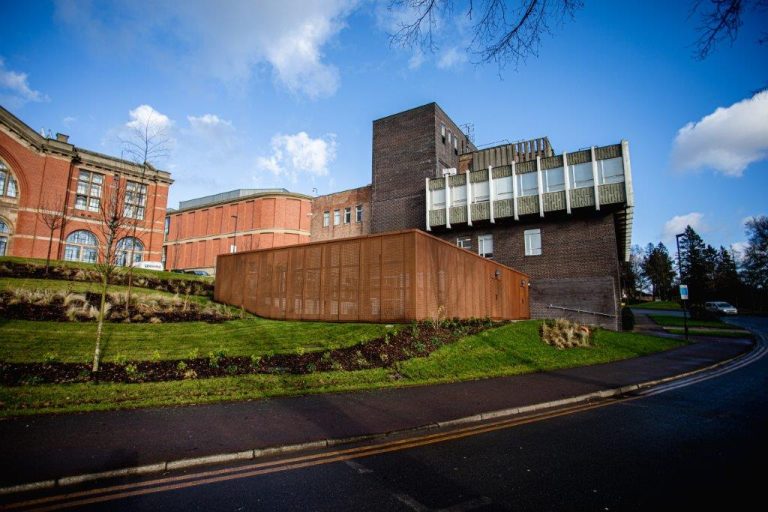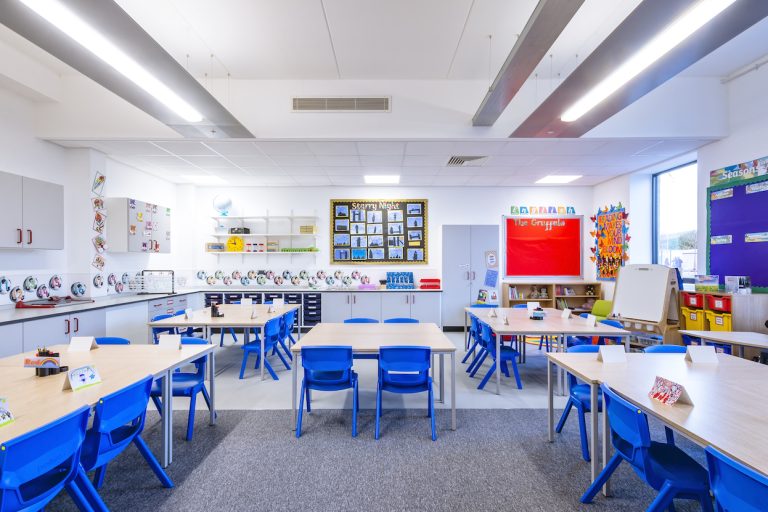A topping out ceremony has taken place to celebrate the latest milestone in the creation of a £9 million sustainable pavilion, being built by Henry Brothers, to expand SportPark, the multi award-winning development at Loughborough University. The 2000 sq m project on Loughborough University Science and Enterprise Park (LUSEP) is being built to Passivhaus Classic Accreditation to significantly reduce CO2 emissions and is scheduled for completion at the end of the year. As the first Passivhaus development on the University campus, SportPark Pavilion 4 will give sports organisations the unique opportunity to secure environmentally future-proof accommodation that is tailored to their needs. It will also enable occupants to reduce their carbon footprint due to highly efficient heat pumps, opening triple-glazed windows, solar shading to avoid summer overheating as well as a well-insulated building fabric to minimise heat loss. Passivhaus consultants Beyond Carbon Associates have hailed the development as “an exciting, future-facing building, treading lightly on our planet’s resources using Passivhaus energy conservation, solar PV and a climate resilient design to manage future heat waves.” Ian Taylor, Managing Director at leading construction company, Henry Brothers said: “SportPark Pavilion 4 is an exciting Passivhaus development which is supporting Loughborough University’s plans to decarbonise its estate to meet the Government’s zero carbon target by 2050. “It also builds on Henry Brothers’ growing portfolio of environmentally sound schemes and we are very pleased to have reached this milestone in this important development for the University.” Henry Brothers recently announced its Journey to Net Zero strategy, outlining plans to build upon its extensive foundations in sustainability. SportPark Pavilion 4 will project the University’s and Henry Brothers’ forward thinking and environmentally conscious values, delivering significant benefits to its occupants. Professor Mike Caine, Loughborough University Associate Pro Vice-Chancellor Sport, said: “SportPark is a tremendous asset to the University and wider region – housing complementary organisations, working in partnership with the University, and harnessing the power of sport to benefit communities, locally, nationally, and around the world. “SportPark Pavilion 4 will provide the capacity to welcome yet more mission-driven organisations to the University, and to reinforce the East Midlands region’s potential as a global sports innovation hub, with Loughborough at its heart. “The SportPark expansion coincides with a growing number of innovation and technology-led sports businesses launching at, or relocating to, LUSEP, attracted to the collaborative environment and access to the University’s world-leading expertise in sports science, engineering, health and well-being, high-performance athlete base, and sports infrastructure.” SportPark Pavilion 4 is delivered by the Leicester and Leicestershire Enterprise Partnership (LLEP) as part of the Getting Building Fund (GBF). Funds were designated for investment in local, shovel-ready infrastructure projects to stimulate jobs and support economic recovery across the country. The LLEP was allocated £20 million, supporting the SportPark 4 project with £6 million. A separate £1.8 million GBF allocation helped fund improvements at Junction 23 and the A512, which links the M1 with Loughborough. It makes LUSEP one of the most accessible science parks in the UK. Andy Reed OBE, Interim Chair of the LLEP Board of Directors, said: “Loughborough University’s global reputation for sport brings tremendous opportunities for us all and, through this fourth pavilion, provides new jobs and opportunity for further growth across a range of services. “This latest project directly supports 165 jobs, with more than 150 in the wider economy. Importantly, it also helps create further demand to bring sports-related organisations and businesses to the region. “On a separate note, it’s really pleasing for me personally to see the continued development of SportPark. I was fortunate to be involved in creating the vision of a sports cluster at the University for the first phases of the development back in the mid-2000s. It’s wonderful to see it continue going from strength to strength.” To find out more about Henry Brothers, visit henrybrothers.co.uk
